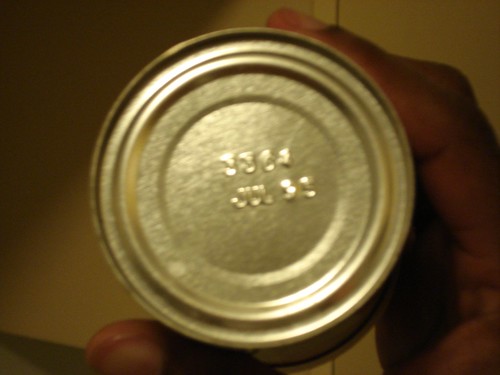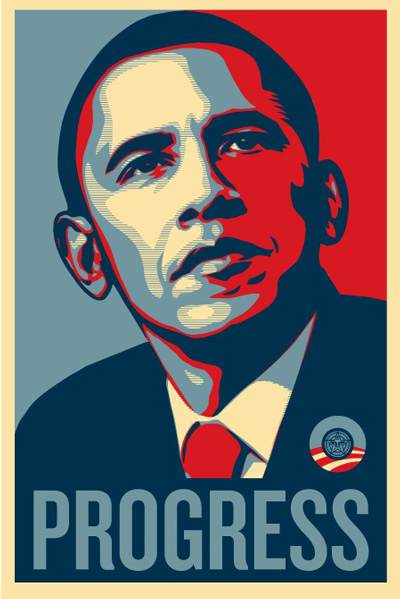
Black Tusk Ale is a recent favorite of mine that I discovered over the Christmas holidays. Upon restocking my fridge I became saddened when a Co-op liquor store employee informed me that this company would no longer sell its beer in Alberta. Instead, according to the employee, this beer will be sold in British Columbia only. Damn them and all of their great beers! BC needs to share more, especially their mild winters! However, of hearing this news –and as I am a man of action- I rushed off in search of Calgary’s last remaining Black Tusk beers, returning hours later virtually empty handed.
Why do I like this beer so much? First is that this is an English style beer, which are my personal favorites. I love the complex flavors that these beers tend to have, and the Black Tusk is no exception. This is also a good dark beer that is not too thick, providing it a quality that non-dark beer lovers would appreciate. Personally I am a fan of dark beers like Guinness, but unlike dark beers the Black Tusk ale is more carbonated and hence a beer that one can enjoy many of. Do not get me wrong, I love Guinness, but I do admit that it is a thick beer and does not suit every occasion. Black Tusk is that nice bridging beer between light and dark.
Black Tusk has a rich black body with a soft tan colored head, although the head is fairly weak. Black Tusk is also not too bitter, with just a hint of bitterness offset by the sweet flavor of chocolate. That is correct. This beer is flavored with a dark chocolate and the bitterness comes from the addition of espresso. I have had other beers with the combination of these two flavors added to the beer but they tend to be too bitter, astringent, and overpowered by these two flavors. Instead the espresso and chocolate accompany Black Tusk beer, which is the point missed by many other beer labels: beer comes first!
Black Tusk ale is sold in a glass bottle 6 pack with an interesting design of a large mastodon. I assume that the image is in relation to the Ice Age of the Whistler region when such beasts thrived and the glaciers were present. In Calgary the 6-pack sold for roughly $15. This puts the beer slightly on the high end of priced beer but the taste makes it worth the extra couple of dollars.
A little background: The company, Whistler Brewing Company (WBC) bottled its first beer in 1989. This company promotes itself as a craft beer specialist and as being unique for its use of the glacial waters in the local Whistler region. The company has been bought and sold a number of times in the past 20 years, notably by Big Rock in 2001, and by 2007 the company was no longer part of the Big Rock company; these corporate woes may explain the recent deletion of their beer from Alberta shelves. WBC was an independent again and re-launched their brands in 2007, as highlighted by their beer placement at the recent Beijing Olympics. The company has also recently won a number of international awards for their beers, but none of these were for their Black Tusk beer. Give it time though.
As a note of interest, on the company’s website, a question mark always follows the tag glacial water. I do not understand why this is, but in one section of the website they have the phrase Whistler Glacial Water copy written. This may be in relation to how the beer is actually brewed in Kamloops instead of Whistler, with the water –I guess- being shipped out.








